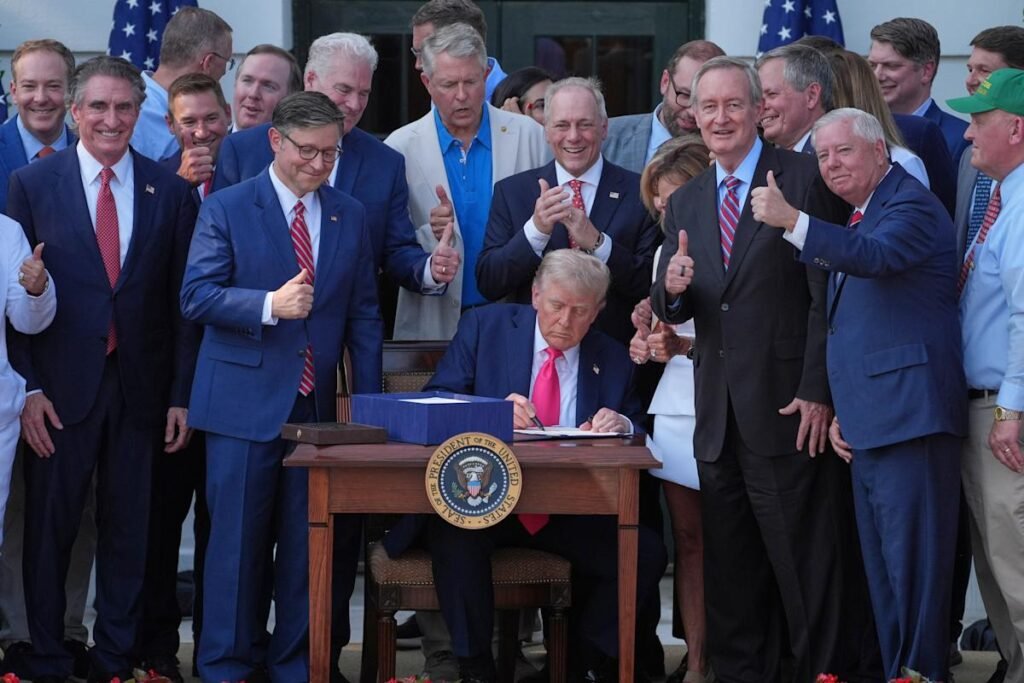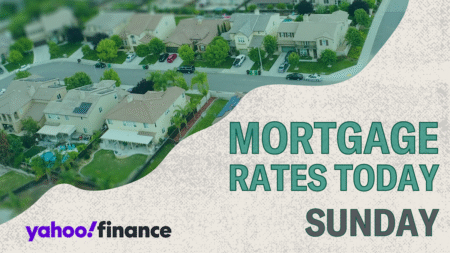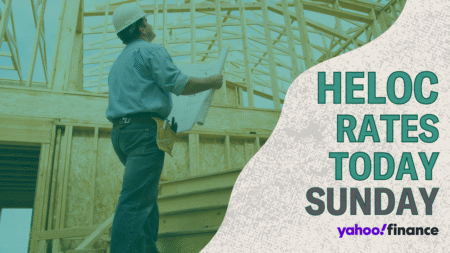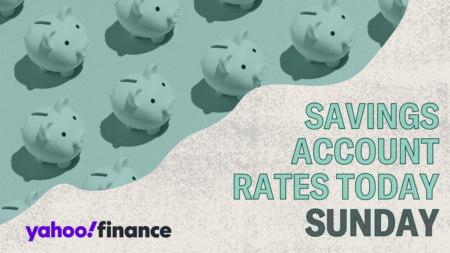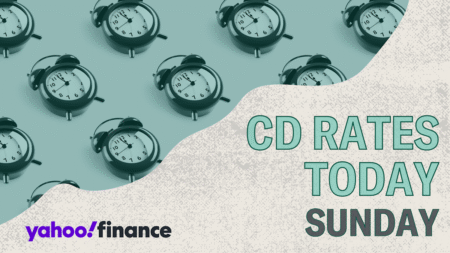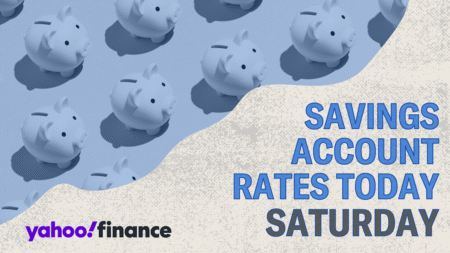Few people can afford to pay for college in cash. After scholarships and grants, financial experts almost always recommend using federal student loans before turning to other financing options. Historically, federal loans had lower rates, more favorable repayment terms, and more borrower protections than private student loans.
However, President Trump’s One Big Beautiful Bill (OBBB) made sweeping changes to the federal student loan system and eliminated some of the benefits that made federal loans so appealing.
With these changes in mind, are federal student loans still a good idea? Here’s what to know about the changes and how federal loans now compare to private student loans.
At nearly 1,000 pages long, the OBBB is a massive bill that covers many sectors of the U.S. economy, including changes to federal student loans.
If you need to borrow money to pay for college in the future, here’s how federal student loans stack up against private student loans.
Most of the OBBB’s provisions won’t go into effect until July 1, 2026, so those taking out loans for the 2025-2026 academic year will be unaffected.
Federal student loans are available to U.S. citizens and legal permanent residents attending eligible schools; there are no minimum income requirements, and most federal loans don’t involve credit checks.
Private student loans have much stricter eligibility requirements. To qualify for a loan, you usually need a reliable source of income (or a relative or friend to co-sign the loan application) and good to excellent credit.
With private student loans, lenders usually allow you to borrow up to 100% of the school-certified cost of attendance for an undergraduate degree. With federal loans, borrowing limits apply. Here’s what that will look like starting July 1, 2026.
-
Undergraduate students: For undergraduate students, the annual maximum ranges between $3,500 and $12,500, with the maximum borrowing amount based on your dependency status and year in school. You can borrow up to a max of $31,000 for your undergrad education if you’re a dependent student, while independent students can borrow up to $57,000 in aggregate.
-
Graduate students: If you’re studying in a graduate program, such as a master’s degree, you can borrow up to $20,500 annually with a total maximum of $100,000.
-
Professional students: Borrowers studying in a professional program, such as those in law or medical school, can borrow up to $50,000 annually with an aggregate max of $200,000.
-
Parents of undergraduates: Parents will be limited to $20,000 per year per student in Parent PLUS Loans, up to an aggregate maximum of $65,000.
A fixed-rate loan has the same annual percentage rate (APR) for the entirety of the loan, while a variable-rate loan’s APR changes along with market conditions. Federal student loans always have fixed interest rates, while private loans can have fixed or variable rates.
Right now, private student loans can be tempting compared to federal student loans. Federal loans normally have lower interest rates, but some borrowers can qualify for lower rates on private loans if they have excellent credit.
Private loans rarely have origination or disbursement fees, but these costs are standard for federal loans. Depending on the type of federal student loan you take out, the fee currently ranges between 1.057% and 4.228%.
With most federal loans, you have six months after you graduate or drop below half-time status before you have to start making payments toward your loans. This period, known as the grace period, gives you time to get a job and get your finances in order before worrying about loan payments.
Private student loans don’t always have generous grace periods; depending on the lender and the payment plan you chose when you took out the loan, you may have to make payments while you’re still in school.
After the OBBB is fully enacted, new federal loan borrowers will have just two repayment plans to choose from: the standard repayment plan and the new Repayment Assistance Plan, so you’ll have between 10 and 30 years to repay your loans.
Your options with a private loan are even more limited. You can typically choose a term between five and 15 years when you take out the loan, and you have to stick to that repayment plan, regardless of your income.
With the OBBB in place, federal student loan borrowers may still qualify for loan forgiveness under the Public Service Loan Forgiveness (PSLF) program. Under PSLF, if you make 120 monthly payments under the new Repayment Assistance Plan while working for an eligible nonprofit organization or government agency for 10 years, the government will forgive your remaining loans.
Private student loans aren’t eligible for PSLF.
The OBBB eliminated two major protections for federal loan borrowers: unemployment and financial hardship forbearance. However, federal borrowers can qualify for other forms of deferment or forbearance, such as military service or in-school deferments.
Private student loans tend to have stricter repayment terms and fewer deferment borrower protections than federal loans, and deferment or forbearance options vary by lender.
Despite the changes the OBBB made to the federal student loan system, federal loans still have more repayment options and protections than most private loan lenders. However, a private loan may be a good option in the following circumstances:
If you reach the annual or aggregate borrowing limits for federal student loans and need cash to finish your degree, taking out a private student loan to cover the remaining balance could be a good idea. You can borrow a relatively small amount to pay for your education and complete your program.
2. You (or a co-signer) have outstanding credit
For borrowers trying to decide between a federal loan and a private loan, one aspect to consider is your credit. If you have excellent credit and a steady source of income (or have a parent or relative who can co-sign a loan application), you may qualify for a lower interest rate with a private loan than is possible with a federal loan.
For example, if you’re an adult returning to school to earn a master’s degree, you may have established a solid credit history and a strong FICO credit score. Your credit could allow you to secure a loan with a significantly lower rate than the 7.94% or 8.94% currently available on federal graduate school loans.
Private student loan companies usually give their lowest-advertised rates to borrowers with excellent credit who select shorter repayment terms, such as a term of five or seven years. If you need a small loan to cover your remaining education and can comfortably afford the payments of a shorter loan term, a private loan may have a lower rate. And, thanks to the shorter term, you’ll pay it off faster.
The OBBB’s changes have made some borrowers nervous, and some are considering student loan refinancing to switch their federal loans into private loans.
However, think twice before refinancing. Even with the OBBB’s changes, federal loans still have more protections and benefits than most private loans. And only borrowers with outstanding credit scores will qualify for the lowest refinancing rates, so student loan refinancing isn’t advantageous for everyone.
Read the full article here




